Garden
Peperomia Polybotrya (Raindrop Peperomia) Complete Care, Propagation, & Repotting Guide
Beautiful plants not only increase the overall cozy and refreshing feeling of a place but also speak to the aesthetic pleasure of the owner.
However, when it comes to choosing a plant for the home it gets tricky as extremely showy, beautiful yet lazy plants that need the least amount of care are needed.
For your convenience, a very beautiful plant we have here is Peperomia polybotrya.
This blog will discuss everything you need to know about what coin peperomia is, how to take good care of it, whether it is toxic and how it compares to other herbs, peperomia polybotrya vs pilea.
So without wasting a second, let’s get started:
Peperomia polybotrya:
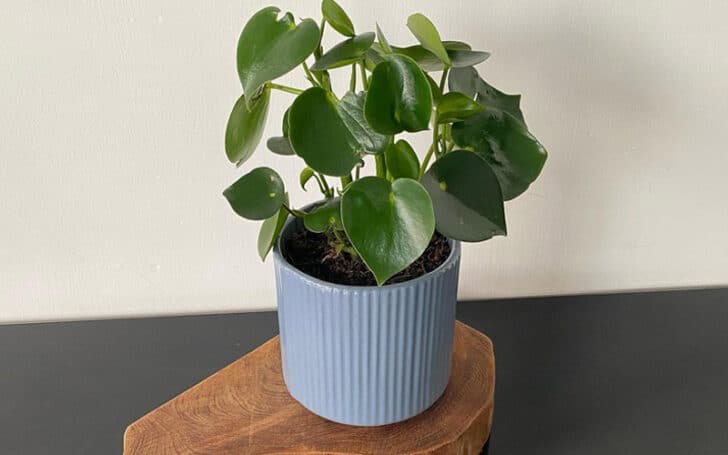
What is peperomia polybotrya?
Peperomia raindrop or polybotrya is a delightful houseplant known for its bright green, heart-shaped, thick, succulent leaves.
It is very nice to fill the small corners of the house and put it on the tables, and although this ornamental plant is small, it is very showy and extremely difficult to ignore. Let’s go to complete the Polybotrya scientific profile.
Peperomia polybotrya necessary information:
| Famous names | raindrop peperomia, Coin-leaf plant |
| Genus | Peperomia |
| Family | Piperaceae |
| Native to | Colombia and Peru |
| Size | can grow up to 18 inches tall |
| Similar to | Pila peperomioides |
| Growing Season | summers |
| Care | Very easy |
| Famous for | glossy green, thick, 4 inches long leaves |
Interesting Yet Must-Known Facts About Peperomia Polybotrya:
These are some facts about Peperomia raindrop polybotrya that you should know before you buy, grow or take good care of this plant.
- Not Pilea peperomioides or Chinese money plant
- It can survive in both places indoors and outdoors.
- It’s not a jade plant or a lucky plant. The lucky plant is Crassula ovata.
- Have leaves quite similar to jayde plant or Chinese money plant
- Very showy and attracts the attention of others even among large plants
- It works well with all kinds of places, small or large.
- Plants grown indoors and outdoors may differ in size, but their leaves have a similar glossy sheen.
Now that you know enough about plant facts, here’s some comparison of your Peperomia polybotrya to other plants so you can identify it well when it comes to other plant species.
Identify Peperomia Polybotrya:
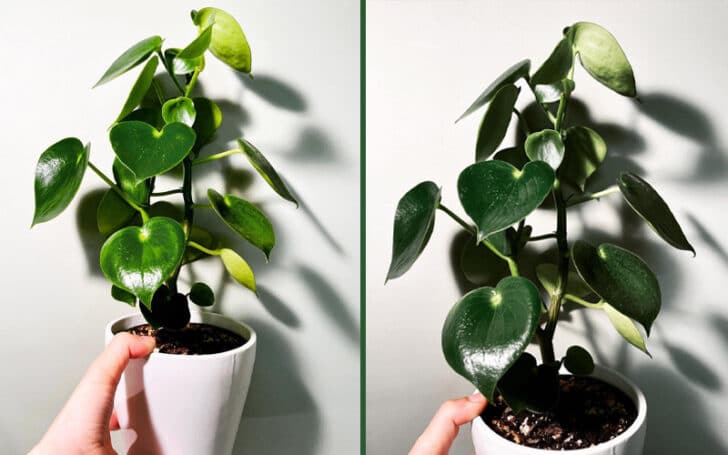
Peperomia raindrop is known for its bright green leaves that are one foot long and oval-shaped, but remotely resembling a heart.
The leaves become larger and easily noticeable, making it one of the most beautiful additions to houseplants.
Tip: If you need a plant with pure heart-shaped leaves, try Ceropegia or heartstring plant.
· Variegated Peperomia polybotrya
Sometimes due to the lack of essential nutrients Peperomia raindrop shows extremely beautiful bleached leaves.
Bleached leaves mean that one part of the leaves remains green and the other part turns white. This bleaching is known as variegation in plants.
Peperomias with white and green leaves are called variegated Peperomia polybotrya.
To better know and understand the coin plant, let’s compare it with other plants:
· Peperomia polybotrya vs pilea:
Pilea peperomioides and Peperomia polybotrya belong to different families and have one similarity, and that is the sheen of their leaves.
The main difference you can use to easily distinguish between peperomioides and polybotrya is the shape of the leaves.
The leaves of the Pilea Peperomioides plant are round, while the leaves of Peperomia Polybotrya are oval-shaped with a pointed tip, which means they sometimes resemble a heart.
Also, Peperomia polybotrya is not the Chinese currency plant, but the Chinese currency plant, Pilea peperomioides. Click on the link to read in-depth information about the money facility.
· Peperomia polybotrya ‘jayde:
Jayde or crassula is not peperomia, it belongs to a different genus, a different family, and a different place.
Crassula is actually Crassula ovata, also called lucky plant, money plant, or money tree. It is native to Zimbabwe but is grown as a houseplant around the world.
Since crassula ovata or jayde plant is Zimbabwean money plant while pilea is Chinese money plant, the similarity between names may have confused some users and they started calling polybotrya as jayde plant.
However, the size or leaf appearance etc. there is no similarity between them.
Once you’re sure and easy to identify Peperomia polybotrya, it’s time to start taking care of it.
Peperomia Polybotrya Care:
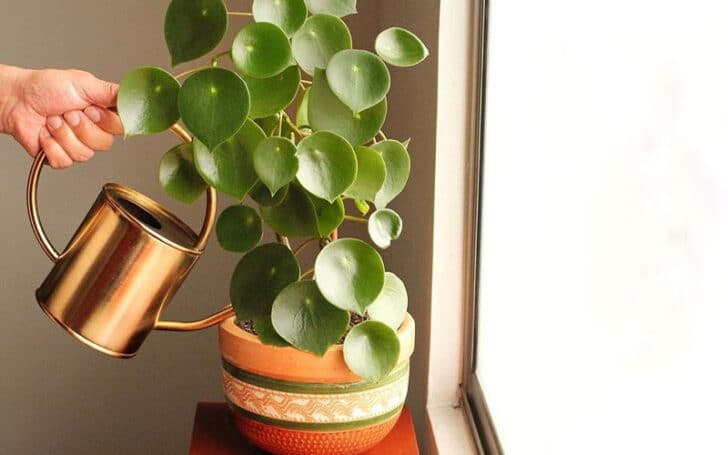
Caring for your Polybotrya is effortless and grows very well with minimal care, but only if you know some simple basic rules.
What are the easiest tips to keep your indoor or outdoor polybotrya plant growing well, we’ve discussed before.
Do not forget:
- They need some of the morning sunlight
- They need indirect sunlight
- They only need much less water when you find the soil dry.
- They don’t need repotting
- They don’t need pruning
- And they don’t need a lot of attention but they are growing very well
Let’s dig into the details:
1. The perfect Placement:
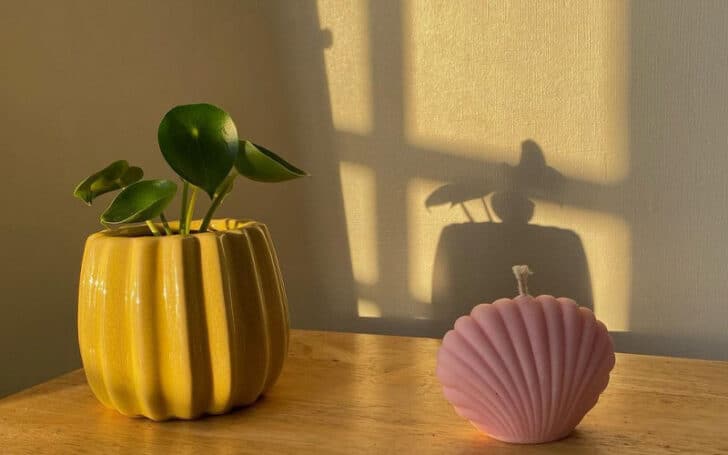
First, you will need to find the perfect position to keep your plant at home.
For interior:
A room that gets enough sunlight during the day can be the perfect room for your peperomia polybotrya.
In this room, choose a west-facing window that gets lighting but not full sunlight.
Don’t have a room with sunlight? Do not worry! Artificial light can do the same for the polybotrya plant.
For outdoor:
Place your polybotrya in the shade of large plants where the sun’s rays will not reach your plant directly, as the plant loves indirect sunlight.
In short, providing indirect sunlight for both indoor and outdoor placement is key or rule of thumb.
2. Maintaining Temperature:
Generally, all types of peperomia like to thrive in summer temperatures and do not tolerate lower temperatures. It’s the same here.
Your polybotrya plant will need high temperatures, but the scorching sun doesn’t need to burn it both indoors and outdoors.
During the winter, you’ll need to be a little more sensitive to plant outdoors or ground peperomia polybotrya because they won’t do well when it’s cold outside.
3. Sustaining Humidity:
All succulents are moisture-loving, and so is your peperomia raindrop plant.
Peperomia polybotrya will need adequate moisture to thrive and toil well. Unless you live in a dry environment, normal room level humidity will suffice.
Humidity also keeps mealybugs and house bugs away from your plant.
4. Taking Care of Watering:
All succulents have thick leaves where they store or store water that they will continue to use for days to come.
Therefore, you do not need to water your peperomia polybotrya plant every day. Check the soil if it looks dry from the outside, you can mist it with some water.
You can also do a knuckle test. For this, insert your finger into the soil of your pot and if it comes out semi-dry, your plant should be watered immediately.
Both underwater and overwatering are detrimental to your plant, and we’ll discuss this in the following lines about the precautions to be taken when caring for peperomia coin-leaf plant.
5. The soil:
As we call Peperomia polybotrya, it is an effortless plant species or variety to care for, so the soil you have may change 2 to 3 years after you have this plant.
Since its roots do not go very deep in the soil, it takes less nutrients from the soil. However, after three years the soil will lose its nutrients and become compact.
The soil you need to choose can be made at home using a mixture of 50% perlite and 50% peat moss.
6. Fertilizers:
For fertilizer, you will need all-purpose fertilizers. The plant will need such nutrients during the growing season, of course, in the summer, but less in the winter.
7. Repotting:
This will be the most important thing during the entire peperomia polybotrya care process but the good news is you will only have it once every three weeks.
Repotting is difficult because of your plant’s sensitive roots. As already mentioned, the roots of polybotrya do not penetrate that far into the soil.
That’s why a little carelessness can do a lot of damage to your plant until it dies. Therefore, always be careful when storing peperomia polybotrya.
Also, when it comes to repotting your plant, choose summer or a growing season so it can adapt more quickly to the new environment.
Besides that, the pot shouldn’t be too big because your polybotrya plant won’t be growing anytime soon.
Peperomia polybotrya propagation:
Peperomia raindrop Propagation is an effortless task because it does not need a very deep rooting system to grow.
There are two ways you can use to propagate your polybotrya plant, one in soil and the other in water.
Here we discuss both methods:
1. Peperomia polybotrya propagation in water:
It is easy to propagate Peperomia polybotrya in water. You just need a fresh cutting of the plant with some leaves on it, put it under water and wait a few days for it to sprout.
When you see germination begin and tiny roots appear at the base of the plant cutting, plant in water.
After that, pay attention to light, temperature, humidity, watering and, of course, fertilizers. With regular maintenance, you can reproduce the plant as much as you want.
2. Peperomia polybotrya propagation in soil:
You can also propagate Peperomia polybotrya in soil. The path for this is almost the same as the way it spreads in water.
You take fresh cut and compost soil, plant the branch in it, and follow the same peperomia coin-leaf plant care routine.
It will be best if you dip the branch in rooting hormone for fastest growth.
Peperomia polybotrya cat and dog toxicity:
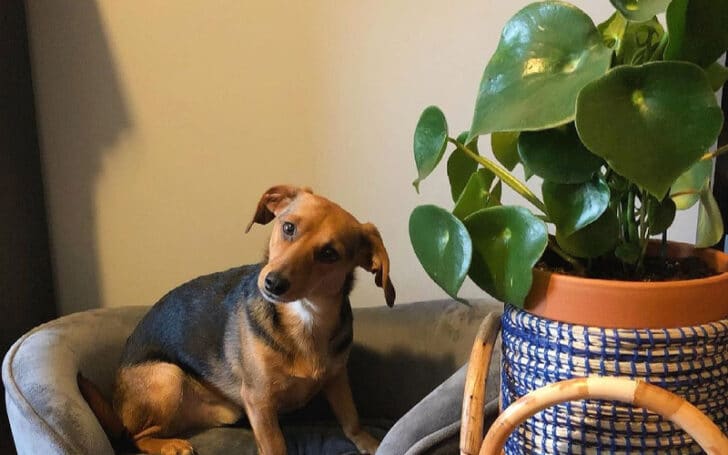
All peperomia species and varieties are non-toxic to pets, including polybotrya. However, they can cause some degree of allergy in cats and dogs.
It can happen if they accidentally ingest some leaves of the plant. Peperomia polybotrya is completely safe for pets if you can prevent it.
Common Problems with Peperomia Polybotrya:
In general, polybotrya peperomia is a healthy plant with no associated diseases or issues. But some house bugs can cause problems like spider mites.
Besides that, you may see wilted or burnt leaves of your plant, but this is due to the wrong way of caring for it.
Here we discuss some issues.
1. Peperomia polybotrya leaves curling:
Let go of curling, polybotrya, it’s a common problem you tend to see in succulents. It happens due to lack of water.
Although the plant doesn’t need to be watered every day, indoor and outdoor watering should also be a routine.
If you forgot to water your plant for days, the leaves will start to curl.
In this case immediately mist your plant with fresh water and also pour some water into the pot and let it drain well and don’t forget to water your peperomia polybotrya next time.
2. Scab-like protrusions on leaves:
This issue also occurs due to submersion. Peperomia raindrops begin to wither when they do not receive water for a long time and this is evident from their leaves.
In this case, you will need to prune the damaged leaves, give your plant enough water to drink, and wait for it to come back to life.
You may also need to add certain nutrients to the water to get rid of the condition. For this, you will need to contact an expert botanist for information on the amount and type of nutrient to be added to the water.
3. Brown leaves on peperomia polybotrya:
Brown leaves on your plant are due to overexposure to heat. It is not easy for succulents to tolerate the heat of direct sunlight.
These brown leaves are actually the cause of overexposure to the sun. To cure, immediately reposition your plant and place it under an indirect light source.
You can also cut leaves that have been severely burned so that they do not receive the necessary nutrients that healthy leaves need.
Bottom Line:
This is all about peperomia polybotrya. Is something missing? Please provide us your valuable feedback.
Also, don’t forget to pin/bookmark and visit our blog for more interesting but original information.